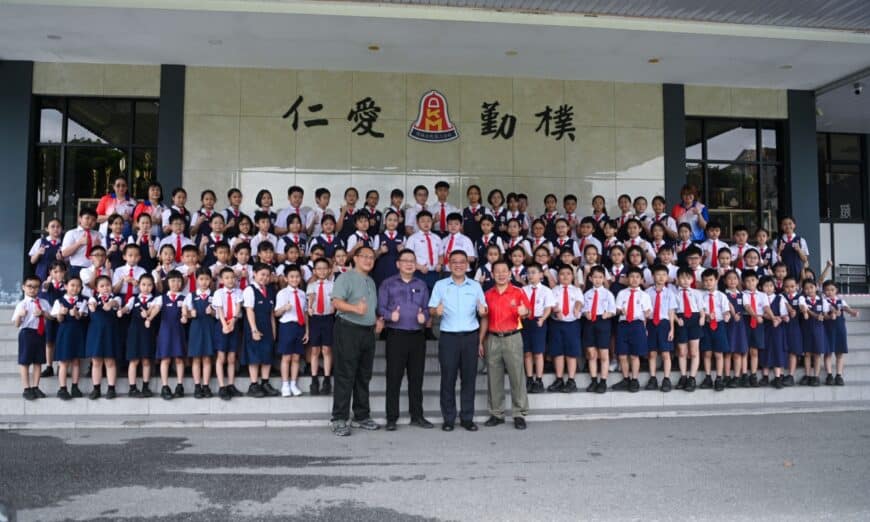THE state government’s school assistance scheme and development initiatives are helping to boost enrolment and improve infrastructure at SJK (C) Kong Min Cawangan 2 in Paya Terubong, says its assemblyman Wong Hon Wai.
He said the annual allocation from the Penang government’s Chinese school aid fund has benefited many schools, including SJK (C) Kong Min Cawangan 2.
“Every year, the state allocates funds to assist schools. Some receive RM10,000 while others are given up to RM20,000 for upgrading works,” he said during a visit to the school today.
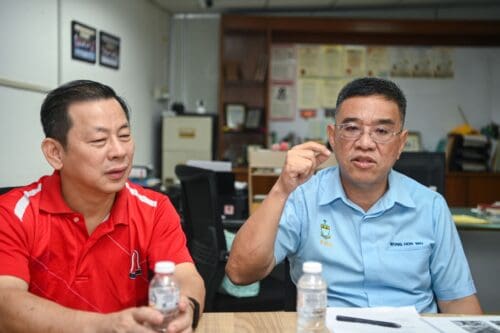
Wong said the aid has enabled schools to improve facilities such as lighting, signboards and drainage systems.
“The school has also strengthened its security by installing 48 closed-circuit television (CCTV) cameras, up from just six last year,” he said.
He noted that the school previously experienced minor water retention issues during heavy rain.
“However, it was not a flood situation. The rainwater only collected temporarily in the field before draining off shortly after. The school’s internal drainage system is being improved to ensure excess water can be channelled out more efficiently,” he explained.
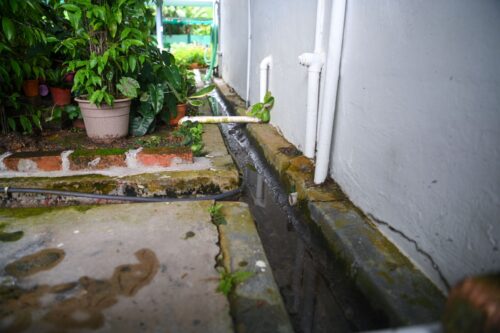
Wong added that SJK (C) Kong Min Cawangan 2, which serves the local community in Paya Terubong, has seen steady enrolment growth in recent years.
“This year, the school opened one additional Year One class, bringing the total to four classes with 120 pupils. All places have been filled, and the school has already received over 130 registrations for next year.
“The demand is strong, especially since Year Six pupils move up and new intakes continue to rise. We expect each level to eventually have four classes from Year One to Year Six,” Wong added.
He noted that Paya Terubong, one of the most densely populated state constituencies, has over 135,000 residents and about 75,000 registered voters, including many who live in the area but vote elsewhere.

“Population growth in this area has kept the school vibrant. It’s a good sign that enrolment here is full, unlike some other schools that are facing a drop in student numbers,” he said.
Wong, however, expressed concern over the declining birth rate among the Chinese community, which could affect Chinese school enrolment in the long term.
“According to the Department of Statistics Malaysia, Penang’s total fertility rate (TFR) is the lowest in the country at 1.2, way below the national average of 1.6. Among Chinese women, the fertility rate is only 0.9, meaning the community is not replacing itself,” he said.
He pointed out that in 2024, there were 3,828 Chinese newborns in Penang, compared to 6,263 deaths in the same community.
“That means our Chinese population is shrinking. When births are fewer than deaths, we can expect the impact to show in school enrolments about six to seven years later,” Wong said.
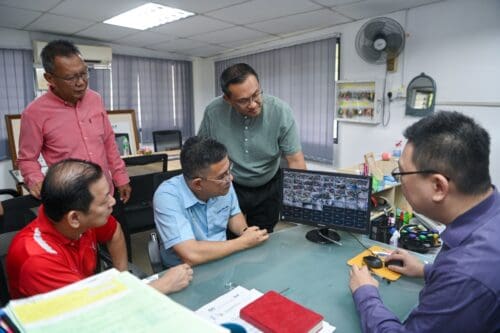
A former pupil of SJK (C) Kong Min Pusat in Air Itam during the 1980s, Wong recalled that each year group then had up to six classes with 40 to 50 pupils each.
“Now, some schools have only one or two small classes of 20 pupils. This is a worrying trend,” he added.
To address these changes, Wong said the state government has been working with school boards to relocate and upgrade Chinese primary and secondary schools to population growth areas, especially in the southwest district.
“For example, SJK (C) Aik Hua in Sungai Ara, which was relocated from Muntri Street, has greatly benefited from the relocation and expansion. Similarly, Phor Tay Private High School in Bagan Jermal and SJK (T) Rajaji in Kampung Bharu are expected to be relocated closer to my constituency soon,” he said.
“We are also supporting projects involving private and community partnerships to ensure these schools remain sustainable,” he said.
Wong emphasised that educational development requires close collaboration between the government, school boards, and the private sector.
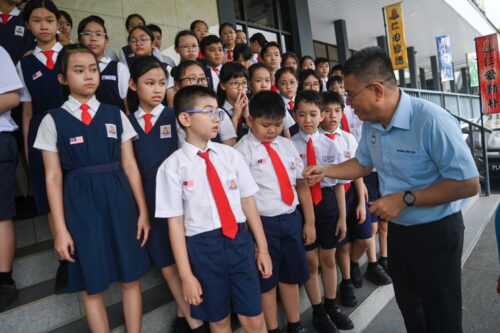
“Many of our schools were built over a century ago. As population patterns shift, we must adapt by relocating or upgrading schools to where families now live,” he said.
School’s board vice chairman Lim Thung Hin was delighted with the new facilities that were added in recent years.
“For students who graduated before 2008, they would be amazed to see how much the school has transformed. The changes are truly remarkable. These improvements have also inspired and touched many former students,” he said.
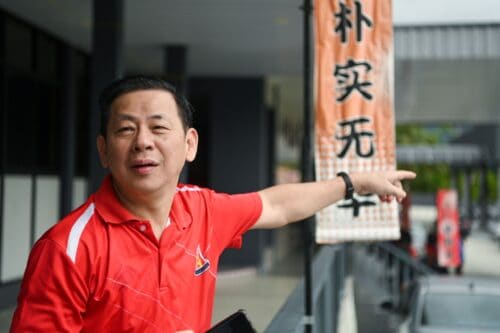
Lim also conveyed his gratitude to the state government for their continuous support and assistance over the years.
Also present during the visit were headmaster Teo Keng Lee, Parent-Teacher Association (PTA) chairman Chung Kwong Chuang, and the school’s board treasurer Loh Chee Keong.
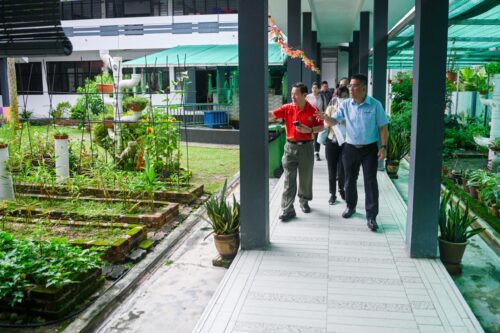
Story by Edmund Lee
Pix by Siew Chia En

